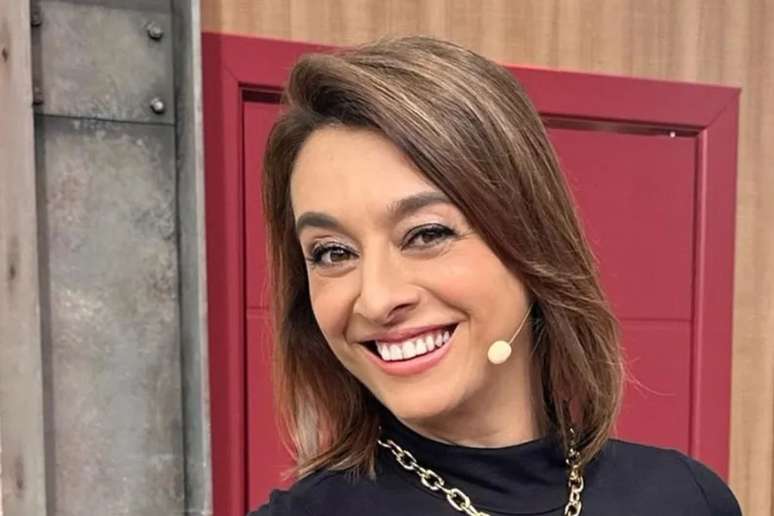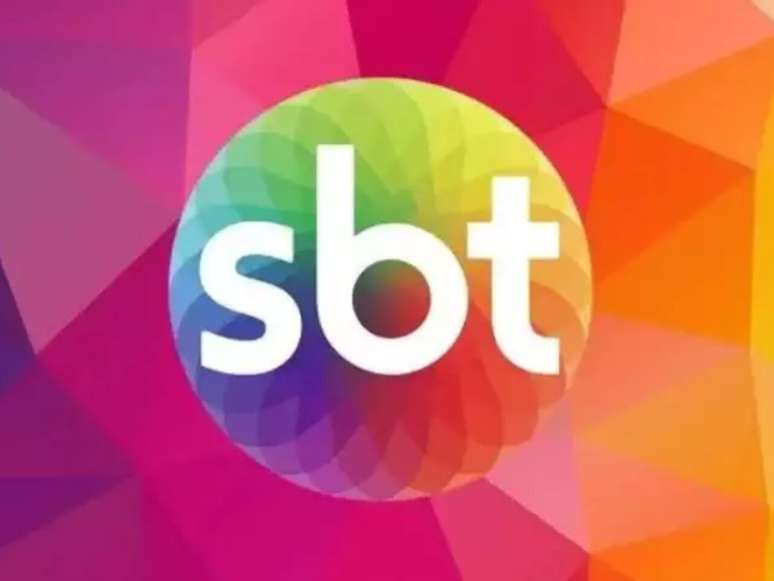Trichology specialist explains how vegan diet can affect hair loss and warns about food care
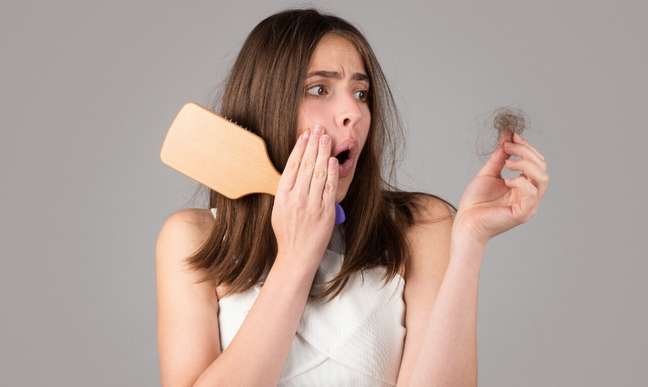
It is very common for a vegan or vegetarian diet to be associated with hair loss, mainly because 85% of hair is made up of keratin, which is a protein. This is why the consumption of this macronutrient is so important for hair health. But does this mean that every vegan diet causes hair loss?
Dr. Jaqueline Zmijevski, a dermatologist from the Brazilian Society of Dermatology (SBD), explains that it depends much more on the macro and micronutrients the patient is consuming than on an animal or plant source.
“Proteins are made up of a set of amino acids and if there are no amino acids left in the diet, there is no good synthesis of keratin. In addition, minerals such as iron and zinc, as well as vitamins of the B complex participate in the maintenance of capillary health. “, explains the specialist, who is also a Fellow in Trichology from the Brazilian Medical Association (AMB).
Protein in the vegan diet
Meat, fish, poultry and dairy products are the main sources of protein in the diet. This is because they have essential amino acids, that is, those that the body cannot produce. Furthermore, proteins of animal origin have a high biological value and contain all the essential amino acids for the body. In the case of plant sources, they must be combined to ensure the same effect.
“When we think about hair building, two essential amino acids are more relevant: methionine and lysine. Therefore, the vegan diet must rely on food sources of these amino acids, such as beans, lentils, sprouts, soy, chickpeas, quinoa, almonds, walnuts. and Brazil nuts. The traditional Brazilian combination of beans and rice is effective. This is because it guarantees both: rice is rich in methionine and deficient in lysine. On the other hand, beans are rich in lysine and deficient in methionine, “he explains. the dermatologist.
Iron
In addition to protein, another point to consider in vegan diets is the consumption of iron. Jaqueline points out that he is the mineral most associated with hair loss. Iron is present in many plant foods. However, its absorption from the plant source is much lower than from animal proteins.
“Iron of animal origin is absorbed up to five times more, as it is bound to proteins. Another reason for the difficulty in absorbing vegetable iron is the presence of antinutrients such as phytates, but leaving them to soak between 8 and 24 hours. hours and cooking are strategies that reduce the presence of phytates, “says the doctor.
“Furthermore, avoiding the consumption of coffee, black and green tea near meals also optimizes the absorption of iron. The patient can also associate foods rich in vitamin C, which increases the absorption of this mineral,” he explains.
other nutrients
The dermatologist points out that the lack of vitamin B12 it is also a concern associated with the vegan diet, as the main sources of this nutrient are of animal origin. “In this case, oral supplements or fortified foods can help. Both use vitamin B12 produced by bacterial cultures in the laboratory,” says the doctor. In case of zincanother important nutrient for the health of the strands, the main plant sources are: beans, peanuts, pumpkin seeds and chickpeas.
The danger of the ultraprocessed on the vegan diet
Jaqueline points out that a balanced, natural diet, with less consumption of ultra-processed foods, can also help with hair growth. She asks for special attention with these foods and recommends avoiding them foods that ‘simulate’ animal proteinsbut they are made with a combination of plants and chemical additives.
“Most of them are considered ultra-processed foods, with the addition of substances synthesized in the laboratory (with dyes, flavors, preservatives and additives)., But if consumed in excess they can also inflame the body, also affecting hair health “, he concludes.
+The best content in your email for free. Choose your favorite Earth Newsletter. Click here!
Source: Terra
Benjamin Smith is a fashion journalist and author at Gossipify, known for his coverage of the latest fashion trends and industry insights. He writes about clothing, shoes, accessories, and runway shows, providing in-depth analysis and unique perspectives. He’s respected for his ability to spot emerging designers and trends, and for providing practical fashion advice to readers.

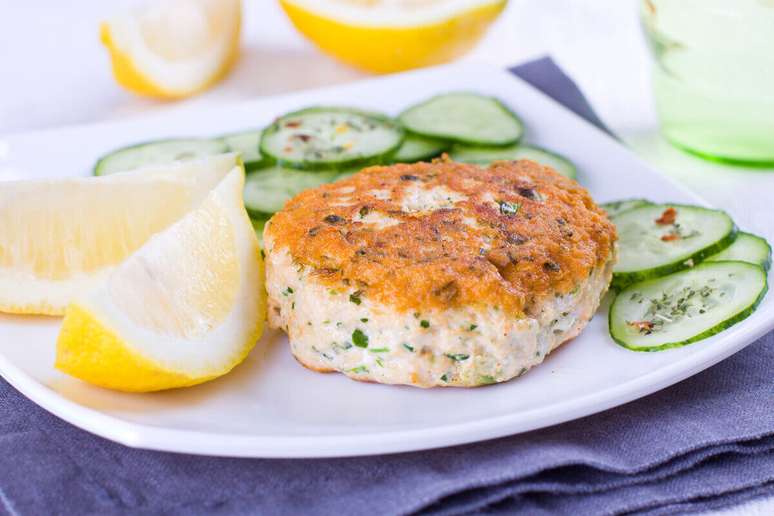
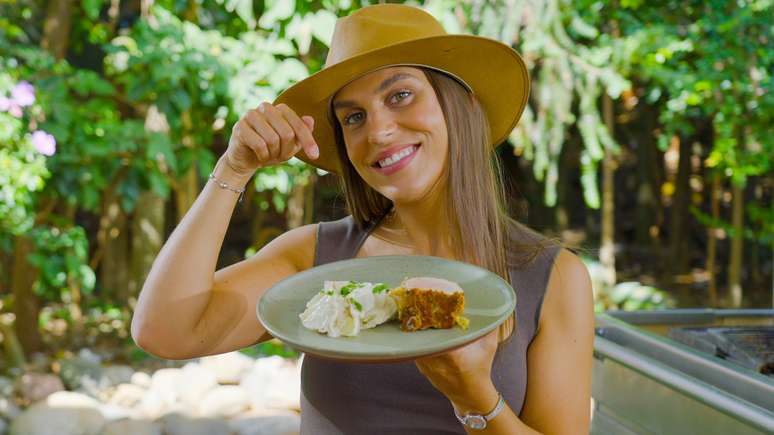
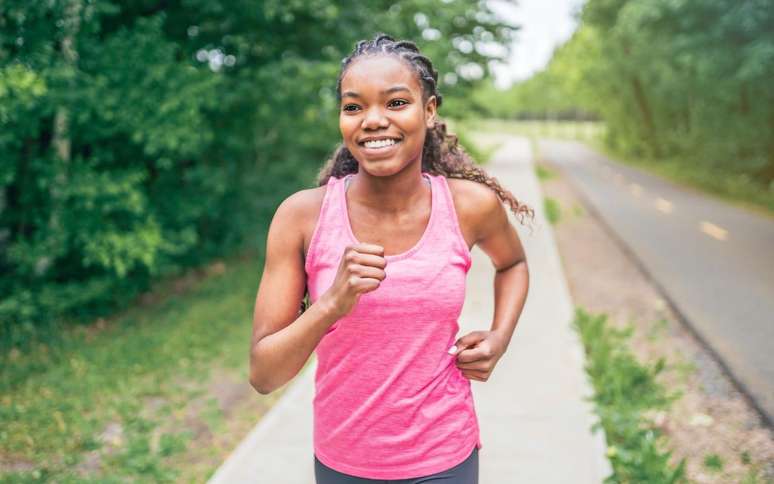
![Tomorrow belongs to us: What awaits you on Tuesday, July 15, 1987, July 15, 2025 [SPOILERS] Tomorrow belongs to us: What awaits you on Tuesday, July 15, 1987, July 15, 2025 [SPOILERS]](https://fr.web.img3.acsta.net/img/ec/5b/ec5be625b7977834b0470366ee256862.jpg)

